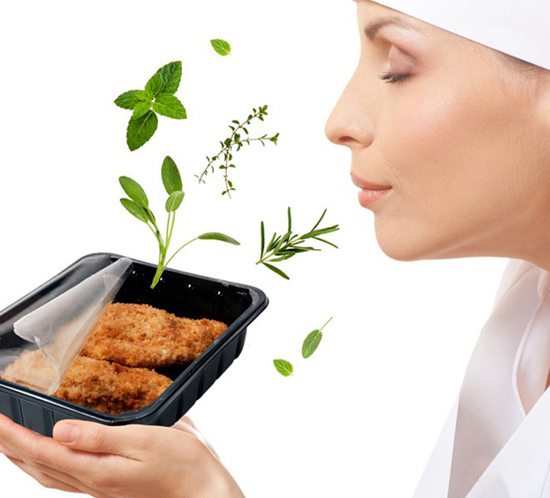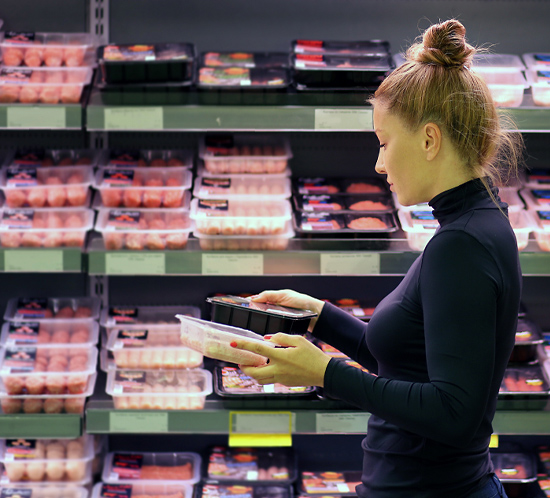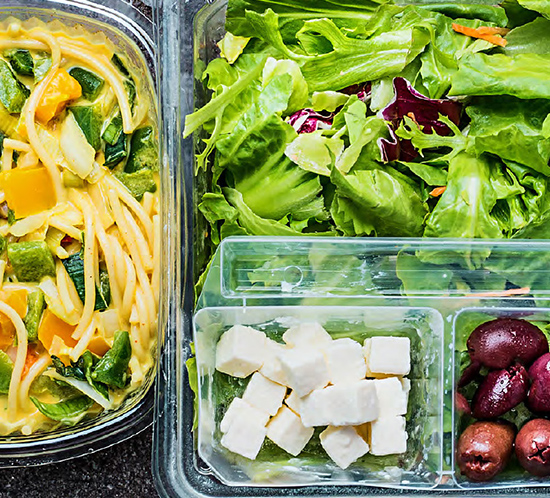Food Waste Calculator
Manufacturers across the food industry – indeed across almost all industries, are constantly trying to find ways to reduce the environmental impact of their operations. Consumer pressure, retailer demands, government targets and of course, the moral imperative, have combined to create the perfect storm, and action is very much forthcoming.
One of the main areas of focus we have seen is the move to reduce and remove single use plastic packaging wherever possible, in favour of more sustainable alternatives. As a standalone measure this is sensible and logical. With growing numbers of manufacturers renewing their interest in carbon footprint labelling and making commitments to net zero, the removal of single use plastics seems a clear way to make a big difference to their operations.
The sector is, of course, right to be exploring this challenge, but for producers working in the food industry there is a juxtaposition which causes many to pause for thought. Plastics are an important part of Modified Atmosphere Packaging (MAP) solutions which help keep food fresher for longer. Their removal puts them at risk of adding to a further problem of sustainability and carbon emissions – that of increasing food waste. It’s something of a catch-22: we can reduce plastic usage and therefore benefit. However, doing that risks adding to the roughly 18 million tonnes of food sent to landfill every year, which in its own right has significant carbon impact.
At Air Products we work with producers across the food industry to help them find the right MAP packaging solutions, in addition to developing other innovations. Our team has decades of experience, but the plastic versus food waste debate has only served to highlight that, when it comes to sustainable operations, there is rarely one simple answer. In response, we’ve come up with our own way to help producers find the optimal solution for their unique circumstances.
To further support you in finding an optimal solution, we launched an online calculator to help customers work out which packaging presents the best solution to minimising food waste and reducing the carbon footprint of products. This uses data taken from independent sustainability studies to compare the various impacts of either MAP packaging, packaging in air or no packaging based on the type and amount of food. To give an example of how different things can be: using MAP to package 800g of chicken reduces its carbon footprint by 72 per cent, reduces food waste by 80 per cent, and increases the shelf life by eight days. However, using it for 800g of field grown vegetables increases the carbon footprint by 20 per cent, despite the benefits to shelf life and the reduced food waste.
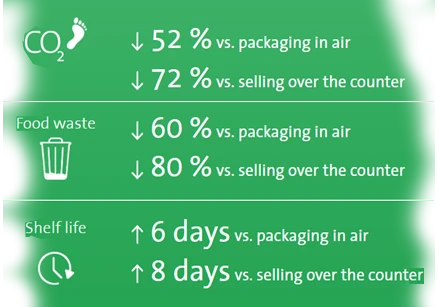
What this highlights very clearly is that each case is different, and there is no ‘one size fits all’ solution to reducing carbon impact. It is therefore critical that different producers spend time reviewing the options for their own products and considering each individual factor in the context of others. Suffice to say, food waste and plastic usage are intertwined and must be tackled as such. We believe greater collaboration and innovation is key to addressing them, which is why it’s important for the food industry and its suppliers to work together to find the best packaging approach to help cut food waste, increase shelf life, and reduce the environmental impact.
The goal of producers is clear – to cut their carbon footprint by as much as possible, as quickly as possible, without compromising on the safety or quality of their products. What must be understood now is that there is more than one way to do that – and sometimes it isn’t the obvious solution which will have the best effect. As packaging suppliers continue the trend in researching and replacing single use plastic packaging, it’s never been more important to find additional solutions that will extend shelf life further and guard against food waste – and MAP gases will play a big part in helping to address these issues.
For further information on how MAP and our other offerings impact emissions in the food industry, read our latest Freshline® Sustainability Whitepaper.
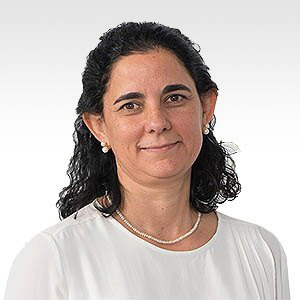
Sonia Guri – Lead Agricultural Engineer

